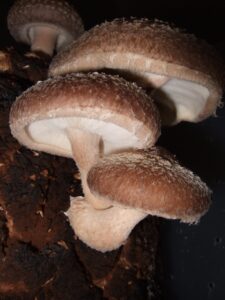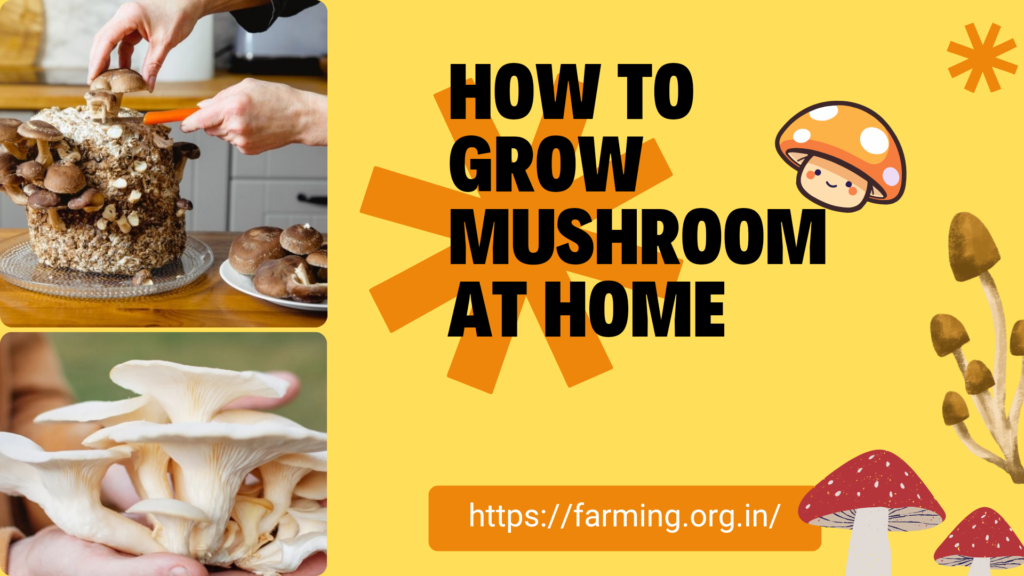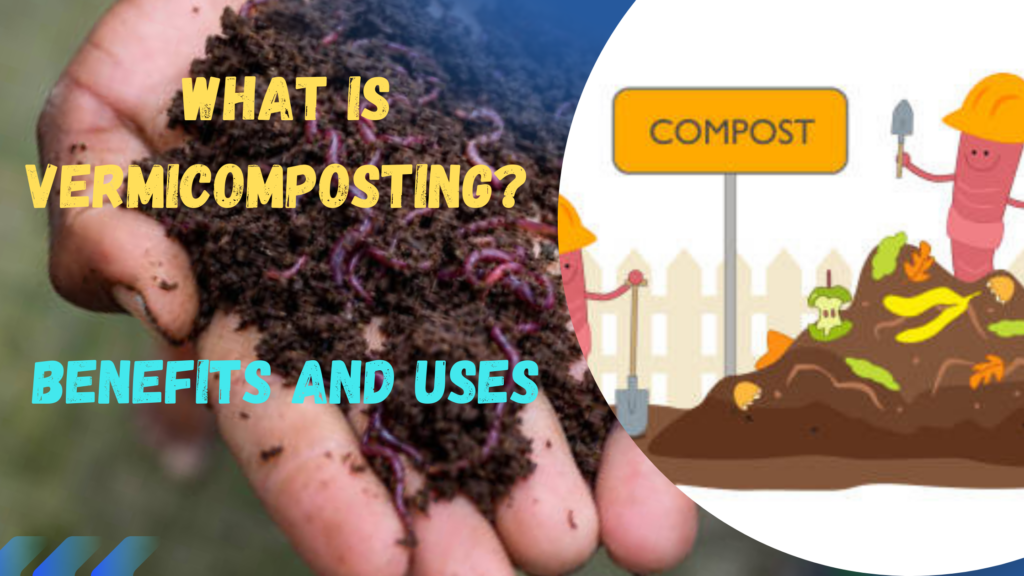Growing Mushrooms at Home
Mushrooms are a versatile and nutritious addition to any diet, and growing them at home can be both an enjoyable and rewarding experience. Whether you’re a seasoned gardener or a curious newcomer, cultivating mushrooms can be done with relatively little space and effort. In this guide, we’ll walk you through everything you need to know to start your own growing mushroom adventure right at home.

Why Grow Mushrooms at Home?
1. Fresh and Nutritious: Home-grown mushrooms are fresh, free from chemicals, and packed with essential nutrients like vitamins D and B, antioxidants, and protein.
2. Space-Efficient: Mushrooms can thrive in small spaces, making them perfect for urban settings or limited growing areas.
3. Fun and Educational: Growing mushrooms provides a fascinating look into the life cycle of fungi and can be a fun project for individuals or families.
4. Cost-Effective: Starting with a mushroom kit or spores is relatively inexpensive compared to buying fresh mushrooms regularly.
What You’ll Need
1. Mushroom Spores or Spawn: Mushroom spawn is the material that contains the mycelium—the root system of the fungus. It’s available in various forms such as grain spawn, sawdust spawn, or plug spawn. Choose a type based on the mushroom you want to grow.
2. Substrate: This is the material on which mushrooms grow. Common substrates include straw, sawdust, coffee grounds, or even cardboard. Different mushrooms have different substrate preferences.
3. Containers: Depending on the type of mushroom and substrate, you may need containers like plastic bags, bins, or trays to hold your substrate.
4. Growing Environment: Mushrooms require specific conditions to grow. A cool, dark, and humid environment is ideal. You might use a grow tent, a dedicated room, or even a closet.
Step-by-Step Guide to Growing Mushrooms at Home
1. Choose Your Mushroom Type:
- Oyster Mushrooms: Fast-growing and forgiving, suitable for beginners.

- Shiitake Mushrooms: Known for their rich flavor, typically grown on hardwood logs or sawdust.

- Button Mushrooms: Commonly used in cooking, best suited for controlled environments like a grow kit.

2. Prepare the Substrate:
- Sterilize or Pasteurize: To prevent contamination, sterilize or pasteurize your substrate. This can be done by heating the substrate in an oven or boiling it, depending on the type.
- Cool Down: Allow the substrate to cool to room temperature before adding the mushroom spawn.
3. Inoculate the Substrate:
- Mixing: Combine the mushroom spawn with the substrate in a clean environment. Ensure even distribution to promote uniform growth.
- Containerize: Place the inoculated substrate into containers or bags. Seal them if necessary to maintain humidity and prevent contamination.
4. Incubation Phase:
- Store in Darkness: Place the containers in a warm, dark place (ideally between 65-75°F or 18-24°C) for the mycelium to colonize the substrate. This can take a few weeks.
- Check Regularly: Monitor for signs of contamination and ensure the substrate remains moist but not waterlogged.
5. Fruiting Phase:
- Introduce Light and Fresh Air: Once the substrate is fully colonized, move it to a cooler, well-ventilated area with indirect light. This triggers the mushroom fruiting process.
- Maintain Humidity: Keep the environment humid. You can use a spray bottle to mist the substrate or use a humidifier.
6. Harvesting:
- Timing: Harvest mushrooms before the caps fully open and release spores. This ensures better flavor and texture.
- Method: Use a clean knife or scissors to cut the mushrooms at the base. Avoid pulling them out to prevent disturbing the mycelium.
7. Post-Harvest Care:
- Reuse or Compost: After harvesting, you can either reuse the substrate for another crop or compost it to recycle nutrients.
- Clean Up: Ensure that all equipment and containers are cleaned thoroughly to avoid future contamination.
Tips for Success
- Keep It Clean: Cleanliness is crucial to prevent mold and bacteria. Always work with clean hands and sanitized tools.
- Monitor Conditions: Regularly check temperature, humidity, and ventilation to ensure optimal growing conditions.
- Experiment: Don’t be afraid to experiment with different substrates or mushroom varieties to see what works best for you.
- Be Patient: Mushroom cultivation can take time. Patience is key to achieving a successful harvest.
Troubleshooting Common Issues
- Contamination: If you see unusual colors or smells, it may indicate contamination. Remove affected areas and ensure proper sterilization of equipment.
- Poor Yield: This could be due to insufficient humidity or incorrect temperature. Adjust conditions as needed and try again.
The Joy of Growing Mushrooms at Home
Growing mushrooms at home is more than just a hobby; it’s a way to connect with nature and enjoy the fruits of your labor. With the right conditions and a bit of patience, you can produce fresh, delicious mushrooms right in your kitchen or backyard. Embrace the process, experiment, and savor the rewards of home-grown fungi!
Feel free to share your growing mushroom experiences or ask questions in the comments below. What types of mushrooms have you tried growing? What tips do you have for beginners?
If you too want to learn about Organic farming and get valuable tips, visit https://farming.org.in/what-is-organic-farming-and-its-benefits/


